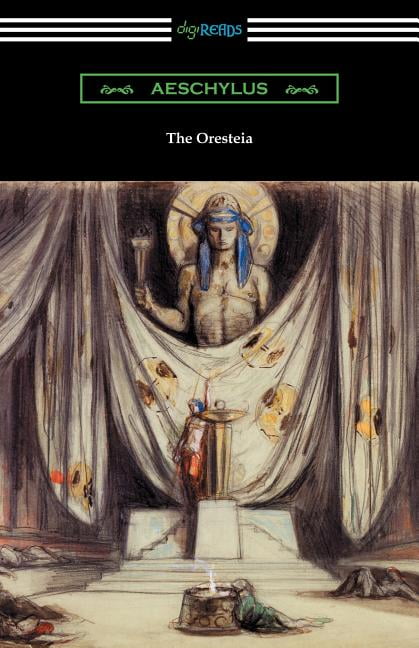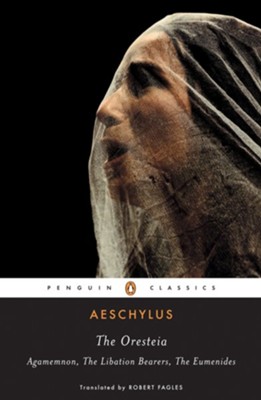

Thus the progression from vengeance to justice that takes place within the play-and, more broadly, over the course of the three works that make up the Oresteia-not only creates a satisfying dramatic arc, but actually represents a crucial moment within the creation of Classical Greek civilization. Athenians, who prided themselves on their fair and democratic justice system, considered the trial represented in The Eumenides to be the first of its kind. The trial of Orestes constitutes a pivotal moment not simply within the structure of the play, but also within the mythological history of Ancient Greece. Impartial and evenhanded, she seeks to hear all sides of an issue before making her decision, clearly displaying the power of justice. The Furies’ black-and-white understanding of the facts stands in contrast with Athena’s methodical and logical ability to comprehend the situation before her. They do not even attempt to explore the nuances of Orestes’ crime of matricide (killing his mother), despite the fact that his murder of his mother Clytemnestra was sanctioned, and indeed commanded, by the god Apollo. The Furies seek only to punish a wrongdoer- Orestes-by whatever means necessary. The Chorus of Furies symbolizes vengeance, while the goddess Athena stands for justice. And, in the end, justice prevails.Ĭharacters within the play are strongly associated with these two ideas. In The Eumenides, however, revenge and justice are not only defined as two separate concepts, but in fact often stand opposed to each other.

In both of those first two plays, revenge and justice are essentially equated-that is, paying back someone who has wronged you is considered the right and moral thing to do.

The Eumenides has two prequels- Agamemnon and The Libation Bearers-and these three plays together form Aeschylus’s trilogy called the Oresteia.


 0 kommentar(er)
0 kommentar(er)
